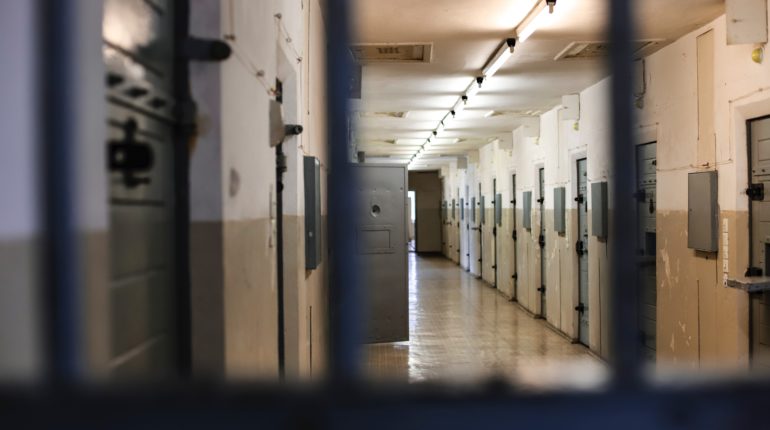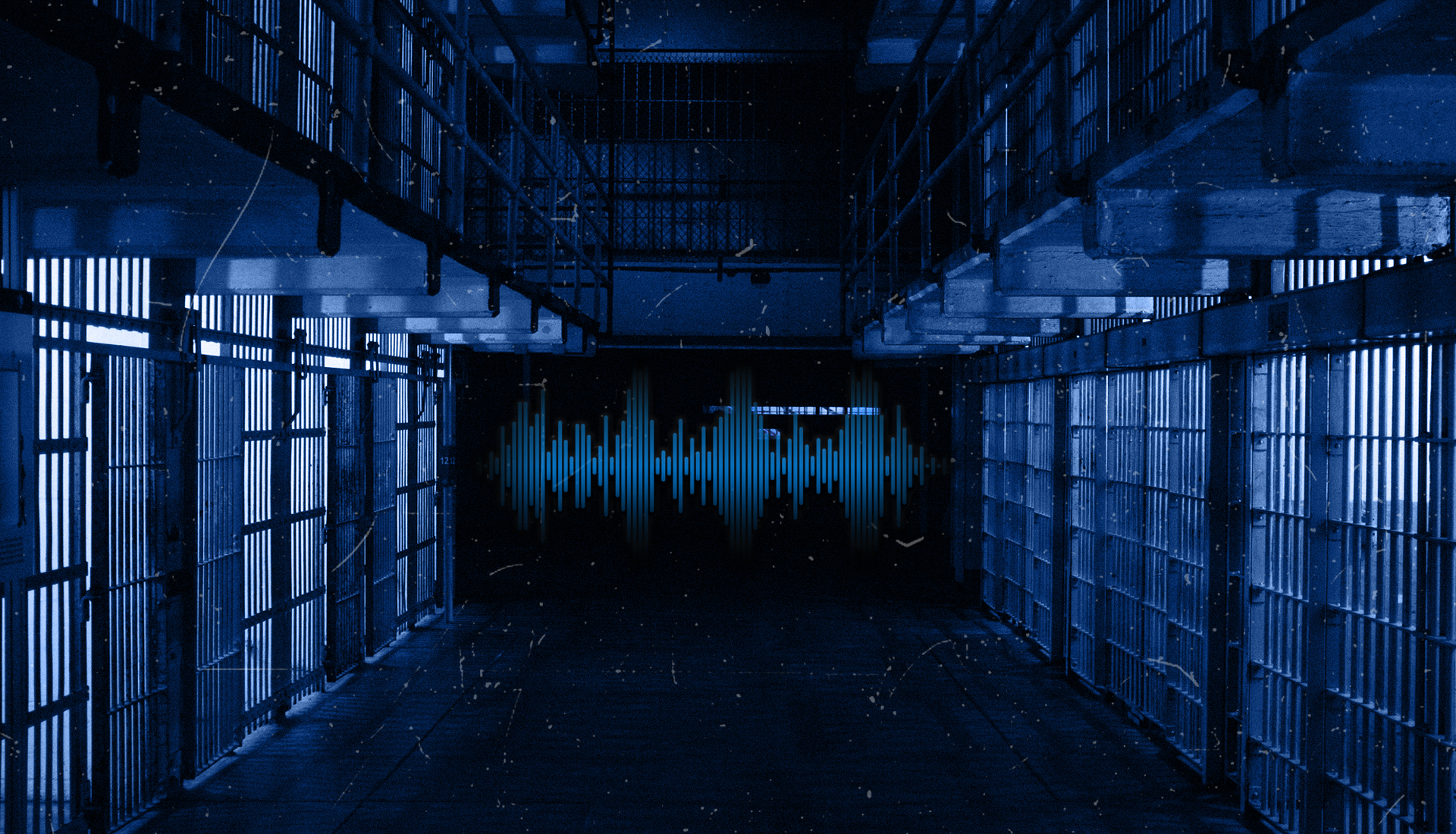Prisoners’ phone calls could soon be monitored by AI technology to prevent notorious criminals and terrorists offending from behind bars.
We’ve all seen the Netflix dramas and old cop shows that depict prison gangs as highly dangerous threats, but how do real life governments monitor the communication of inmates behind bars?
Not very well, apparently. Recorded warnings to inmates that phone calls are being ‘recorded and monitored’ inside conventional prisons has done little to scupper remote criminal operations across the US. Corrections officials still gather piles of incriminating information every year – and the problem remains significant.
Unsurprisingly most current prison resources are basic at best, but the technology used to prevent criminal activity could soon be in for a serious upgrade.

The Ministry of Justice has recently been talking up ground-breaking AI systems that have the potential to efficiently sift through the 64 million calls made from prison phones each year. They’ll be able to pinpoint the most dangerous inmates involved in organised crime rings and extremism, potentially revolutionising how the US monitors prison activity.
While current checks are handled by dedicated officers with headphones, tape recordings, and presumably an endless supply of cup soup, the machine learning tools being trialled have proved an instant success at filtering through hours of recordings and flagging suspicious interactions through trigger words and phrases – a process known as semantics analysis.
We’ve seen AI used in a similar manner on social media in an industry-wide effort to combat the spread of fascist content and cyberbullying online, but this marks the first instance that the tech has been employed to monitor interactions in a real life (albeit controlled) environment.



















